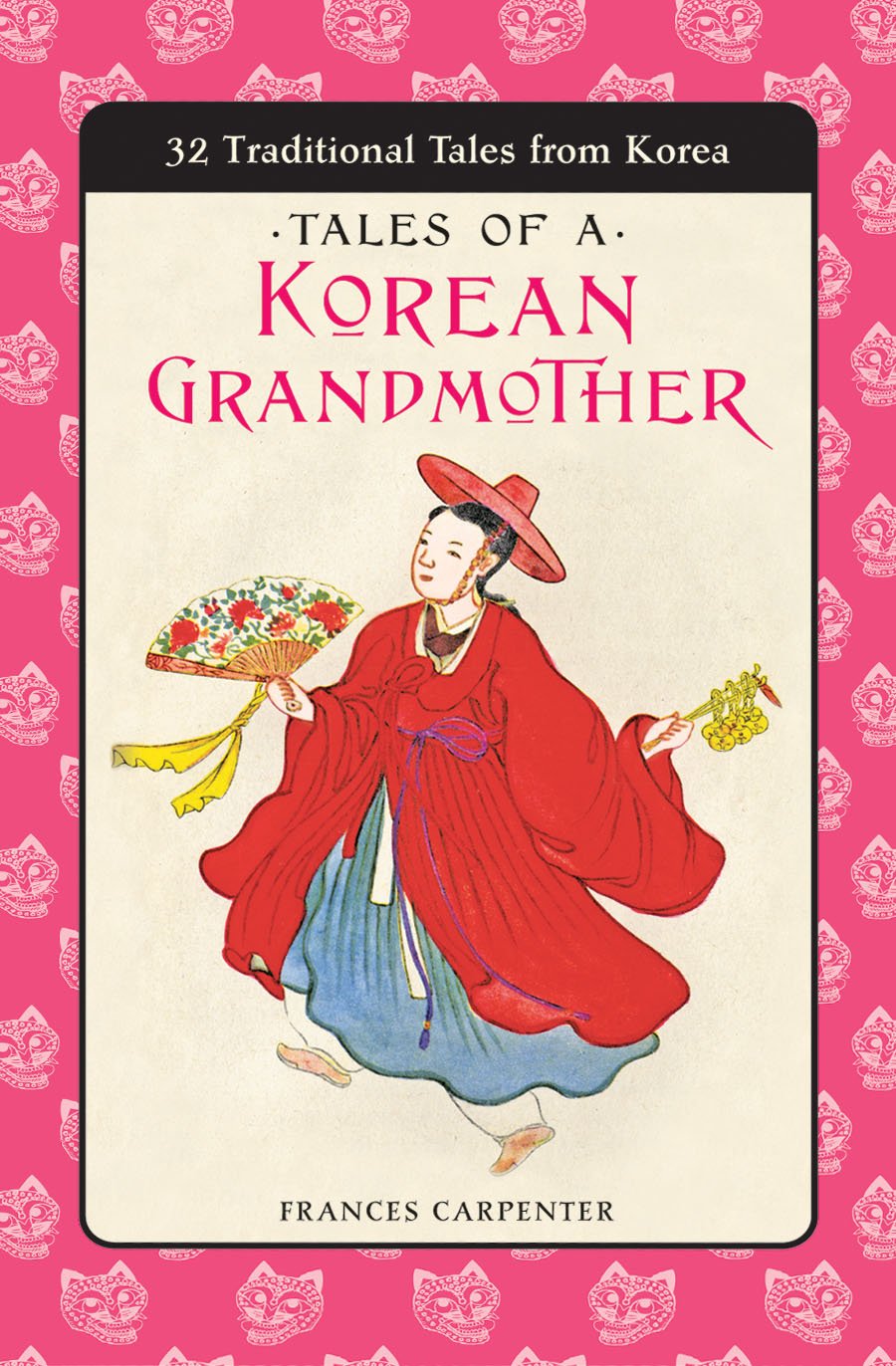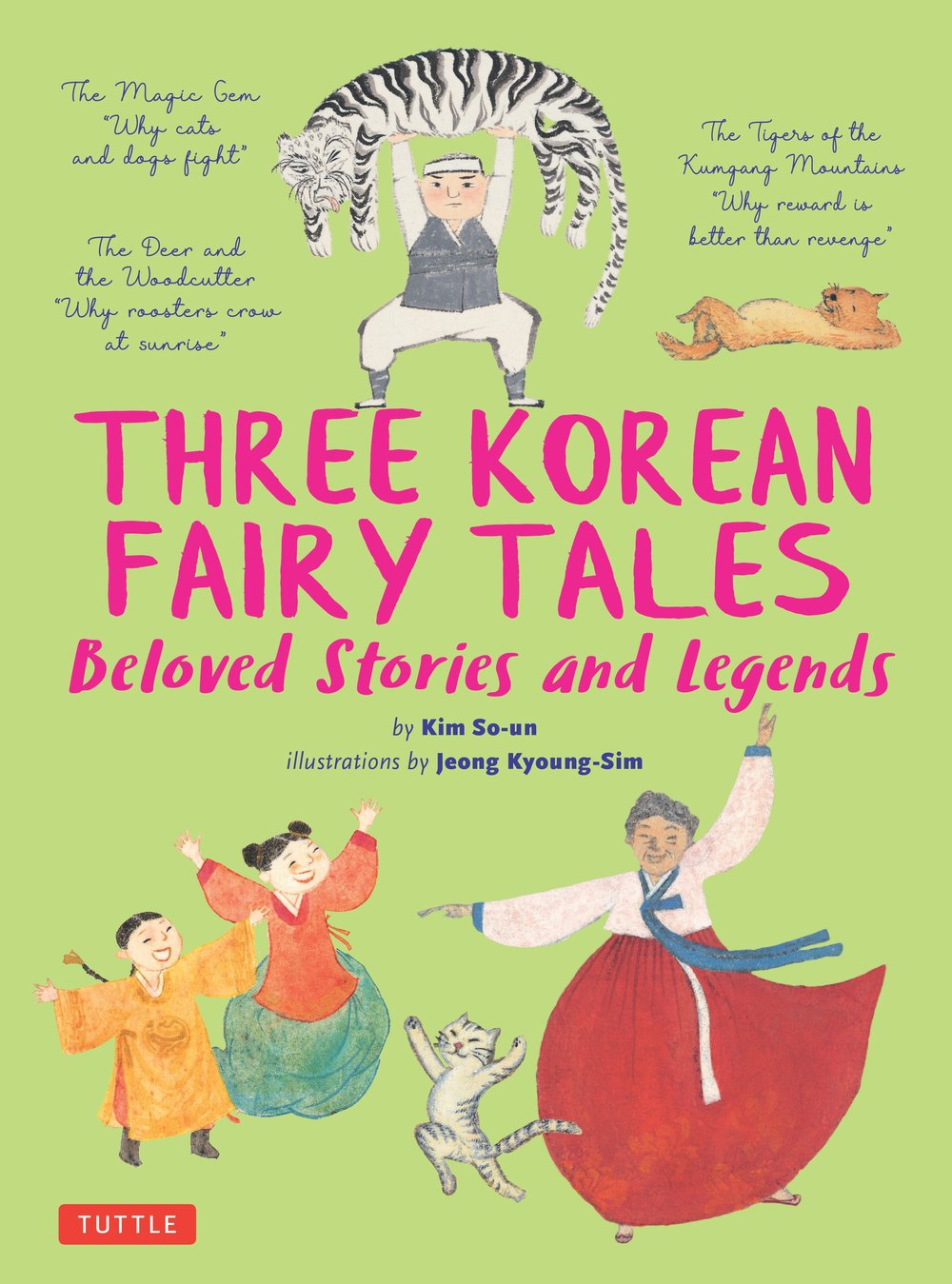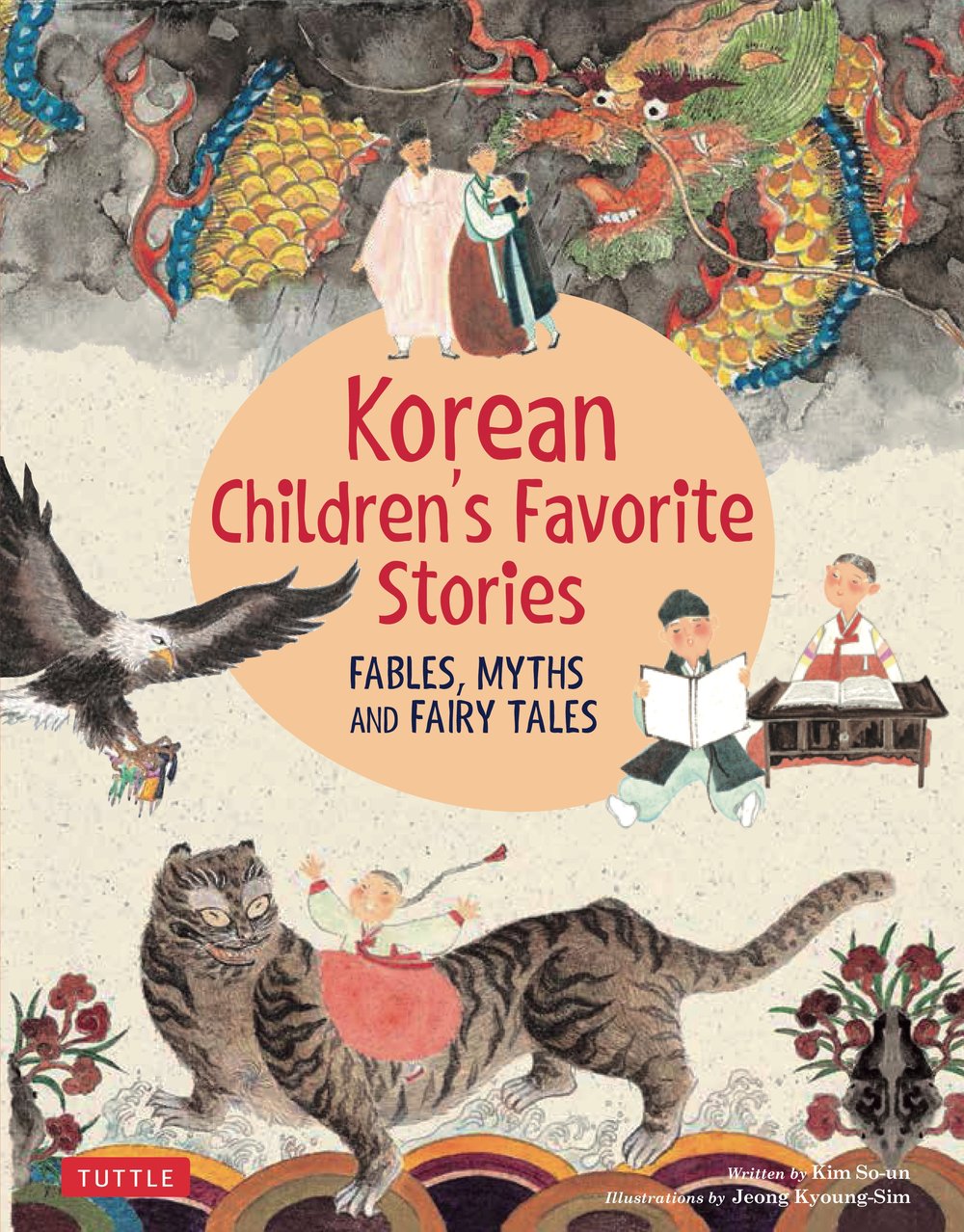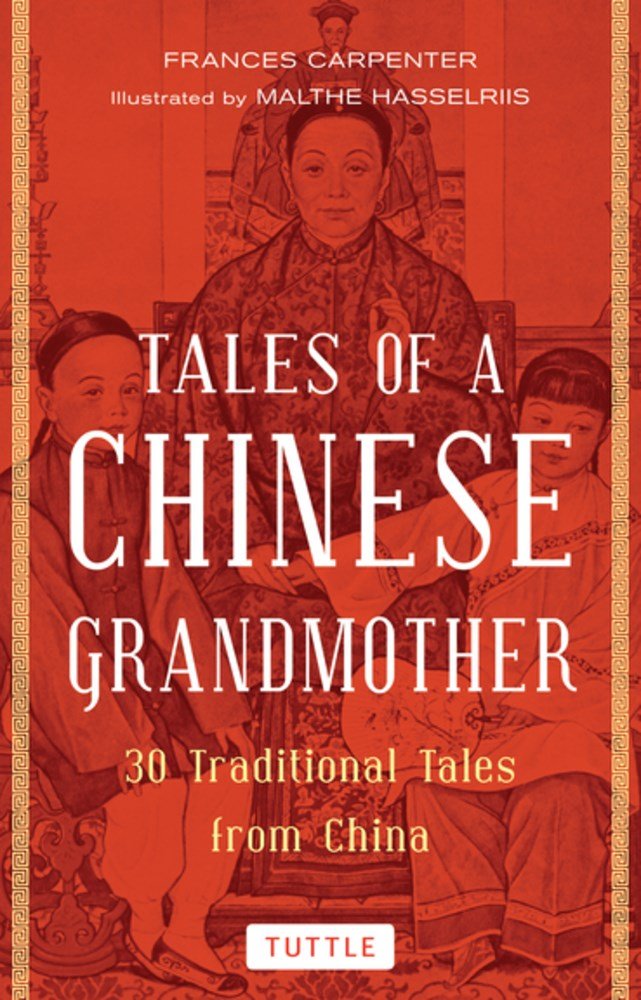Korean Folktales
Classic Stories from Korea's Enchanted Past

Fifty-five delightful tales offering fascinating windows into the Korean psyche.
Told with wit and pathos, this lively collection of Korean fables features the ever-iconic tiger, the humble woodcutter, clueless brides, clever talking rabbits, mischievous mice and other engaging characters in situations where folly, wisdom, greed, love, reward and retribution are all found in equal measure.
Fantasy and reality merge in a world where supernatural occurrences are commonplace. A blind man can suddenly see evil spirits. A spoiled child is taught a lesson by a sassy mouse. A menagerie of creatures – too clever for their own good – possess the same foibles as humans. Amongst the many stories and characters you will meet:
- 'The Tiger and the Rabbit' – In which a baby rabbit outsmarts a greedy, foolish tiger
- 'A Korean Cinderella Tale' – Where a magical a creature or two help an oppressed but virtuous girl to win in the end
- 'The Magic Hood' – About how magic, if used for ill purposes, can lead to big trouble
- 'Rice from a Cat's Fur' – In which a devoted cat keeps a family from going hungry and brings them prosperity
- And forty other enchanting tales!
This collection is unparalleled in its scope and is the perfect introduction to Korea's rich storytelling tradition – containing classic legends and fables that will delight young and old alike!

Kim So-Un studied poetry and folklore before working for a major newspaper in Seoul and as chief editor of the Korean Children's Educational Institute. He published 23 works in Korean and Japanese in a range of genres including poetry, folktales, folklore, folk songs and critical essays.
Frances Carpenter had a love of foreign lands and cultures, which she observed closely during her extensive travels – first with her journalist and author father and later with her diplomat husband. She traveled extensively throughout the world and served as a fellow of the Royal Geographical Society, and Vice President of the International Society of Woman Geographers.
Setsu Higashi, who translated several of the stories in this collection, was raised and educated in Vancouver, Canada, and moved to Tokyo in 1940 when her husband, Shinobu Peter Higashi, was transferred there by the Associated Press to Tokyo. She honed her storytelling style on her son, an avid listener of her bedtime tales.





